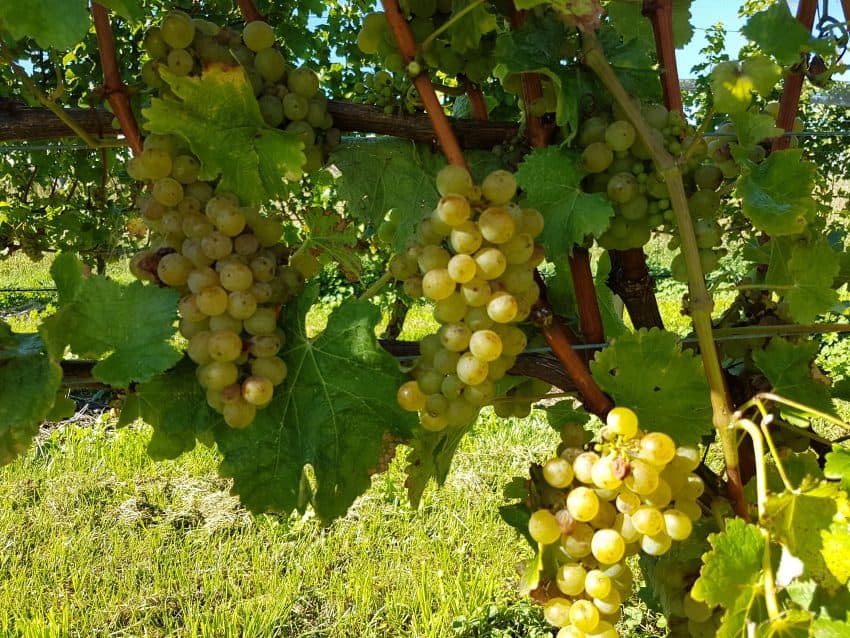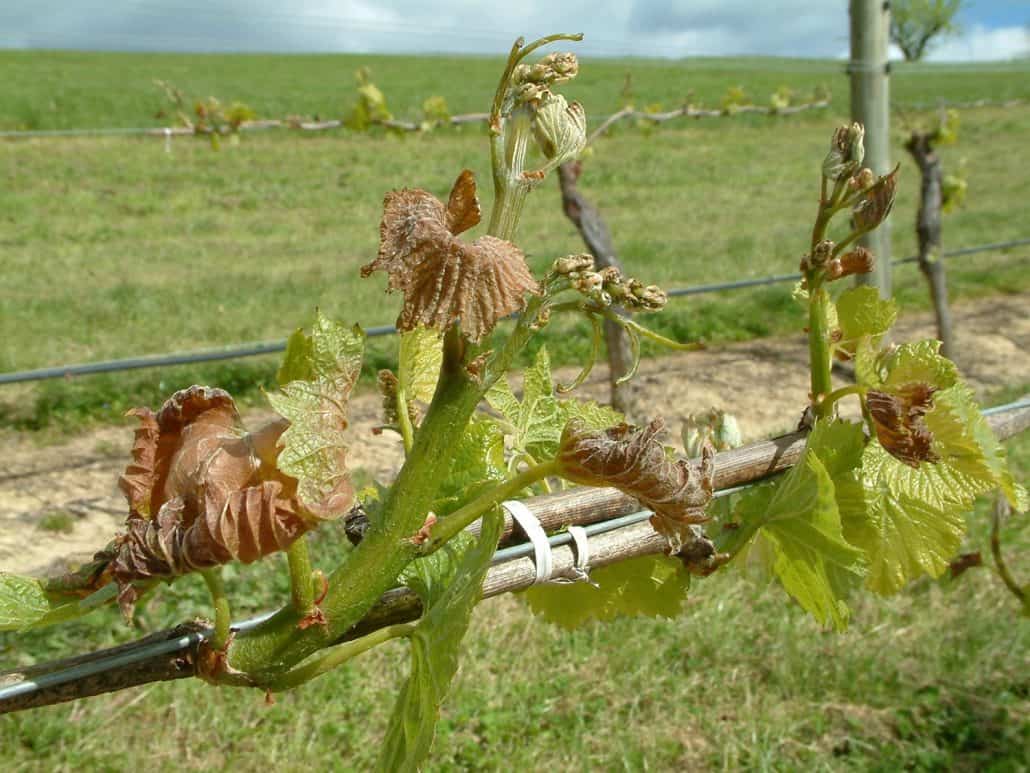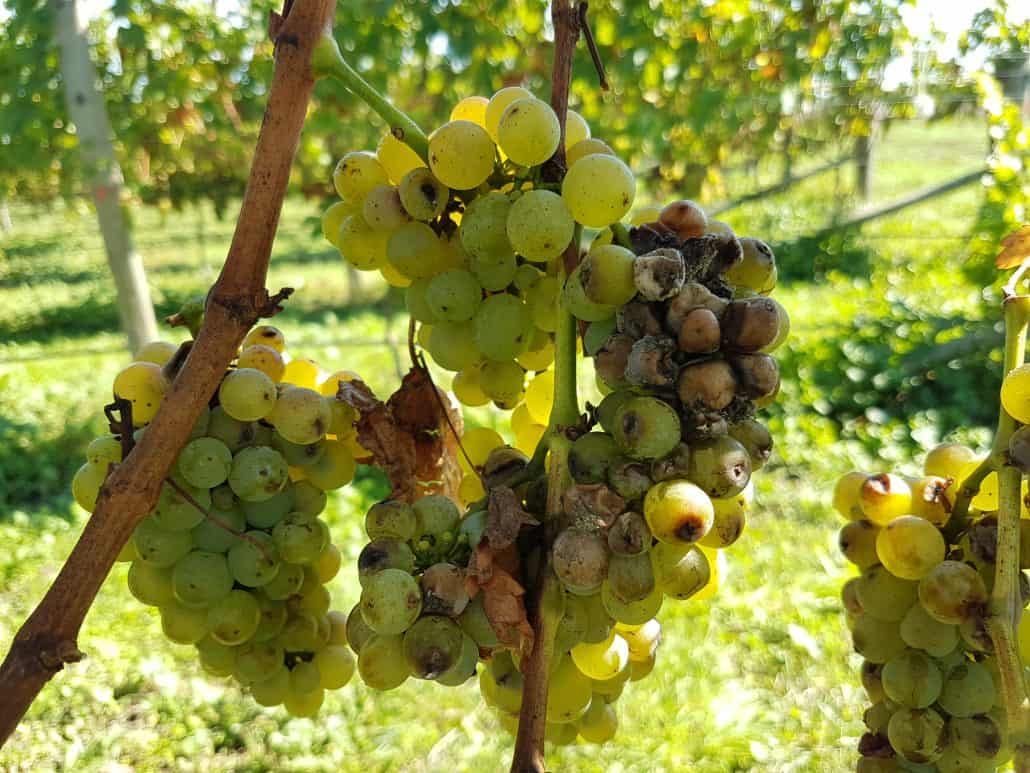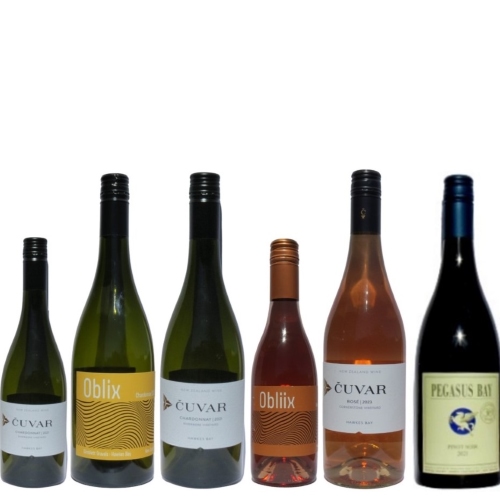
Wine and Wet Weather – Nelson Mail 25.04.17
The wonderful summer sunshine Nelson is famous for seems to have been hiding in 2017-18 with the stormy weather in late March and April rounding off a pretty miserable few months, and we are starting to see the full impact of this poor weather flow through to horticultural products grown in this and other regions.
In recent weeks you may have read or heard about the challenges winemakers have faced with rain this year but you may not realise the impact the weather in general has on grapes and why it is such an issue for wine grape growers.
It is pretty obvious that when you are growing anything in an outdoors environment you have to work with whatever Mother Nature throws at you and wine grape growers know they harvest their crops in autumn each year so they work really hard to ensure their crops are in the best condition possible to weather the unsettled autumn conditions.
However the weather conditions from September right through until now have been keeping growers on their toes; fortunately we have had some sunshine during January and February so there will still be some outstanding wines made in the region this year.
So just what weather conditions are grape vines susceptible to and what impact does adverse weather have on the finished product you choose from the shelf?
The answer is many, but here is a brief look at the key impacts weather can have on even very well-managed vineyards.
 The first threat happens in spring when the vines are just starting to come back to life after being dormant over winter, late frosts are a huge threat. No doubt you will have read or experienced low-flying helicopters using the down-draft they create to move air around vineyards, it doesn’t take much air movement to stop frost from settling and while there are other ways of doing this the use of helicopters is probably the most obvious to those being woken in the early hours around dawn when frost occurs.
The first threat happens in spring when the vines are just starting to come back to life after being dormant over winter, late frosts are a huge threat. No doubt you will have read or experienced low-flying helicopters using the down-draft they create to move air around vineyards, it doesn’t take much air movement to stop frost from settling and while there are other ways of doing this the use of helicopters is probably the most obvious to those being woken in the early hours around dawn when frost occurs.
This is a huge expense for growers but if the delicate shoots and young leaves on vines get frosted it literally burns them with cold, this means the vines are unlikely to produce a crop at all for the season.
Then there is wind and rain during flowering in October and November, if it is too wet and windy the flowers simply aren’t pollinated so the vines won’t bear any, or very little, fruit.
The effects of a low fruit-set can be anything from not a bad thing to disastrous; if no flowers produce fruit then it is a disaster for growers but if the fruit-set is simply lower than normal then growers might save some money on fruit thinning later in the season.
Mentioning fruit thinning is probably a good time to think about the relationship between the quality of vineyard management and weather, if growers manage their vineyards well vines and the fruit they carry can survive adverse weather effects reasonably well but poorly managed vineyards will always deliver substandard fruit at harvest time.
One key aspect of great vineyard management is cropping levels, good growers focus on producing a modest crop of the very best fruit they can while some contract growers who get paid based on the volume they produce just want to grow as much as they can, it is these growers who run into trouble when the weather isn’t absolutely perfect.
Growers thin the very young fruit on the vines, retaining a crop level that will deliver optimal flavour and not stress the vines too much which in turn helps the vines deliver wonderful fruit for the winemaker to turn into a bottle of deliciousness for you and me to enjoy.
Something else grape growers need to do is remove some of the leaves from around the fruit on the vines to allow the sun to do its job ripening the grapes and to allow breezes to filter through the fruit to dry it after rain.

Vineyards that have very heavy crops and haven’t been leaf-plucked will almost certainly have crops written off if it rains during harvest, which it did this year; the photo’s here show beautifully ripe and healthy sauvignon blanc grapes a day before harvest on a well-managed vineyard and diseased fruit from a poorly managed vineyard 50 meters away demonstrating just how important vineyard management is.
In fact there is an old and very true saying ‘wines are made in the vineyard and finished in the winery’, you simply can’t make great wine from poor fruit.
Back to the weather, we have all heard heart breaking stories of apple orchards and kiwi fruit gardens having crops written off by hail but hail can damage grape vines too, stripping leaves from vines and damaging bunches of grapes making them highly susceptible to disease.
I have mentioned diseases a couple of times in this column so I should also look at some of the diseases that impact grape vines, and there are many.
By far the most worrisome are those related to inclement weather, moulds and rot; powdery mildew is a fungus that affects many plants but its effect on grape vine leaves and young grapes can be quite destructive if not managed properly; buds may not burst in spring while a severe infection can cause shoots to die and if flowers and young bunches are infected it can result in almost total crop loss.
The mildew also causes the skin of diseased berries to stop growing and means as the flesh inside the grape expands, especially after wet weather, the berries may split and rot and that of course is guaranteed to affect the flavour and quality of the end product.
Probably the worst-case scenario when it comes to rain damage is that the grapes simply split and rot on the vine, something we have seen happen this year.
There is one fungus that winemakers can use to their advantage, botrytis is a fungus that dries up the grapes, turning them into little raisined sugar bombs winemakers use to make succulent dessert wines with.
One of the less visually obvious results of rain during harvest is that the ripe grapes simply suck up the extra water in the vineyard, diluting the intensity of flavour and sugars in the grapes, wines made from grapes in this condition will tend have flavours that are washed out rather than bursting with intensity.
There are many things that can impact on how grape vines survive and even thrive during adverse seasonal weather events but the biggest impact is made by the viticulturists, if they do their job properly and have meticulous vineyard management during seasons like the one we have just experienced then the winemakers will still get some wonderful fruit to work with.
This year the saving grace for most wineries in the Nelson region was the wonderful sunny days in the few weeks before and at the beginning of harvest 2017 that enabled them to harvest earlier ripening varieties before the rains caused havoc; so, fear not, based on some of the raw grape juice I have tasted this year there will be some outstanding wines made in the region despite Mother Nature doing her best to spoil the party.



